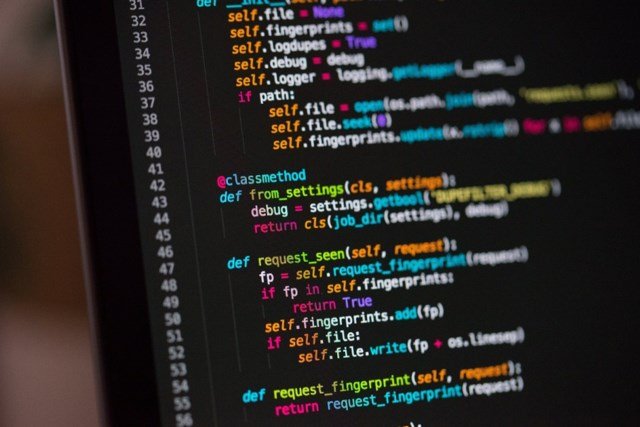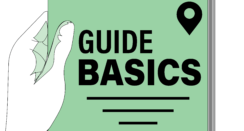Very good to all, here I am with another new article defining concepts and meanings. This time we bring you the definition of algorithms. First we must know what the etymological origin of the term is, and for this we must place ourselves in Arabic. To know this origin in depth, we must know that it comes from the mathematician Al-khwarizmi, who was born in the Middle Ages, being more precise in the area that is now known as Uzbekistan, in Central Asia.

It was in Baghdad where he was able to develop most of his career, at that time by order of the Caliph, he was ordered to create a superior center for scientific research. This center was given the name “House of Wisdom.” A multitude of treatises on astronomy and algebra were some of the works carried out by this wise mathematician, who not only gave rise to algorithms as we know them today, but also to other very popular terms. As can be algebra and numerals.
This figure was so important to our current society, because Al-khwarizmi is not only considered the father of modern algebra, but also the person responsible for introducing the current number system that we use. It is remarkable how this subject has managed to make a considerable difference in modern algebra.
Defining the Concept of «Algorithms».
An algorithm is called a finite group of functions or operations that are logically ordered and well managed. Which allow to find the solution of a certain problem or conflict. This accumulation of organized instructions or rules previously established through a succession of phases (or steps). They allow to determine the solution of that proposed problem. Or simply find some objectives proposed by the user, work team or organization. This is a concept widely seen in the area of programming, since a software or computer program itself follows a sequence of rules pre-established by the programmer in order to perform the function that is intended with the program.
However, it does not mean that the term algorithm is used only in computing, on the contrary. Algorithms are part of our day to day, for the simple fact of following a routine, and that makes it an algorithm. A very practical example is the following…
Usually when before breakfast, we brush our teeth in the bathroom, but before that, we get out of bed. If we realize, there is a succession of events or orders that if not fulfilled we could not have breakfast. This is a very small example, but it can allow you to understand how algorithms are applied in our day to day.
According to experts in mathematics…
Algorithms allow you to work starting from its starting point known as the basic state and after following a series of steps proposed by us (or someone else) you can reach a solution. Just as we previously clarified that algorithms are not unique to computing and we implied that they can be perceived even in everyday tasks. The numbers do not turn out to be the exception, since if we stop to carefully analyze the mathematical equations or common mathematical problems in the books. We will realize that if these are fulfilled with a succession of steps, they can be solved.
Where are the algorithms applied?
The fact that algorithms can be expressed in programming languages (whether structured, modulated or object-oriented) cannot be ignored. In pseudocode, flowcharts, natural language, an instruction manual, or simply an order given by a boss or superior. All of these are means or channels by which the algorithm can be expressed or applied. Since all of them meet the condition of being a series of previously dictated steps that follow a successive order and that cannot be skipped in any other way than by following the established order.
This makes us understand that the algorithm cannot be defined in a single way, however we insist that you keep that it is a succession of steps to find a solution.
In this way we conclude the writing of this article, we hope that the information shared has been very useful to you, but above all you have learned and satisfied the doubt that you had at the beginning of the entry.
